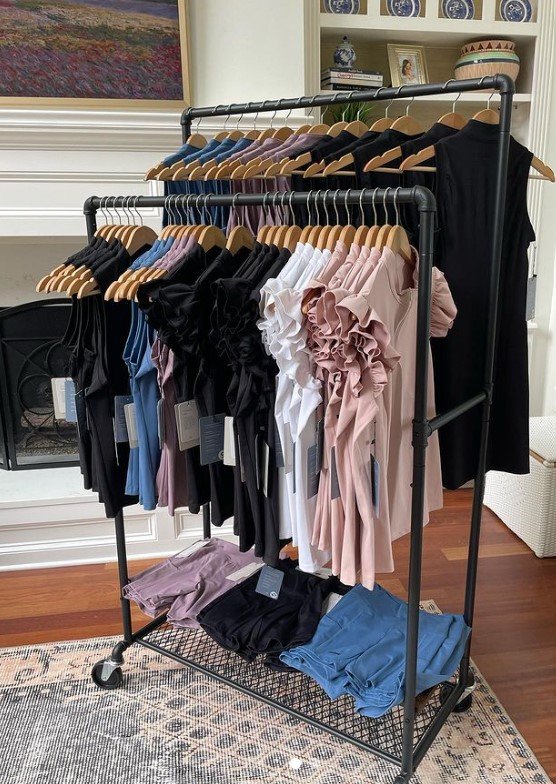Client Spotlight - Harlow Sport
Client spotlights is a blog series from Guided Makers. Each post highlights a company we have worked with. Learn more about the kinds of projects we have worked on and support brands as they continue on their journey! This week we have the pleasure of introducing, Harlow Sport!
Photo from Harlow Sport Website
“Inspire more women to embrace social sports”
Guided Maker’s client Harlow Sport is changing the game for women’s club sports. They are founded on the idea that “ …life’s happiest moments are fueled by sunshine, connection, and movement.” They’ve created premium athleisure for women want to participate in club sports while remaining fashionable, performance driven and sustainable.
Hear More About Their Founding Principles in Their Own Words Below:
SUSTAINABILITY
"We know our actions have impact on the longevity of golf and our planet. We prioritize 5 pillars of sustainability: Slow Fashion, Waste Reduction, Material Selection, Ethical Manufacturing and Course Protection.”
VERSATILITY
“Harlow was born from a frustration with the outfit change. Every Harlow piece is activewear in disguise: created to pass the country club dress code but designed with the comfort and style of leading athleisure brands”
COMMUNITY
“Sports can be intimidating, especially as an adult. But once you find your people, sports are good for the soul. Through our actions and values, we strive to create a stronger, more connected, and sustainable community of active women.”
Photo from Harlow Sport Website
HOW WE LEVERAGED
3D Development
Guided Makers always keeps a pulse on the newest technologies we can use to support our clients. In the case of Harlow Sport, we utilized 3D design and fit during the development process. The amazing world of 3D Design allows for an expedited design process, creates less waste, and can lower overall cost.
How Does it Work?!
It all starts with a traditional 2D pattern for the garment. The 2D patterns are transformed by using one of the 3D software’s available on the market, like Browzwear or CLO 3D. These programs allow techincal designers to virtually ‘stitch’ together the garment. The designer can upload information about the fabric being used so that the software can accurately represent the stretch, drape, weight and other mechanical properties of the textile.
Once the pattern is ‘stitched’ together it is placed onto a form (aka body) specified to whatever size you are looking to fit. This allows you to see garment on several sizes easily and makes evaluating graded sizes quite easy.
It can be difficult to find fit models who measure exactly to your specifications and are available on short notice. With 3D there is never a concern over finding the perfect model.
Utilizing 3D also allows participants in the development process to have full visibility even if they can’t be in the room at the time of fit or sampling. High resolution images and models can be sent and shared easily across time zones and locations.



